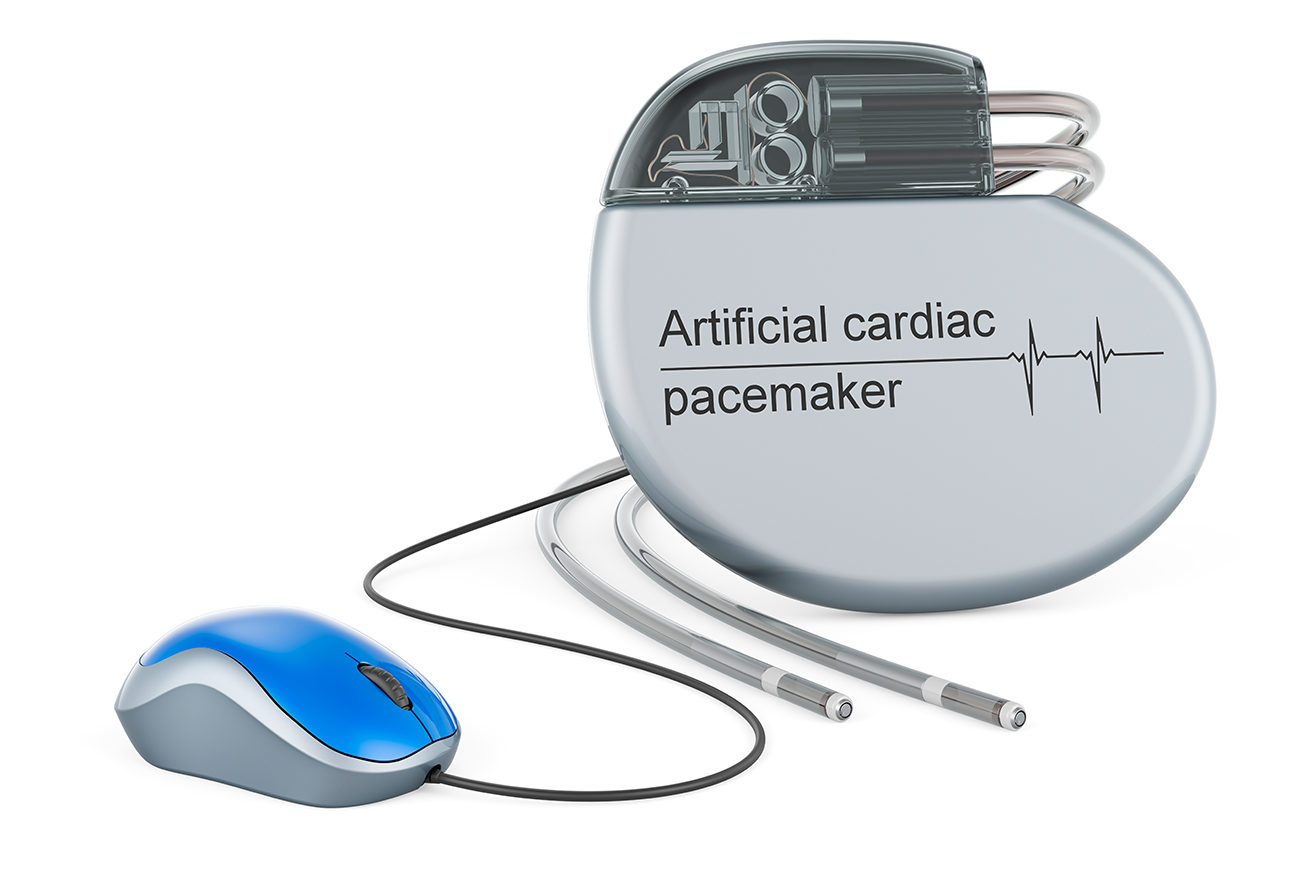
Pacemaker
Why You Need A Pacemaker?
Your heart has an electrical system that keeps it beating at the right pace. Problem with this system can make your heart beat too slowly. Pacemaker implantation in India correct a slow heartbeat, your doctor may recommend a pacemaker. This article will help you learn what a pacemaker is and how it’s placed in the body. You’ll also find out how a pacemaker can improve your health and help you lead a more active life.
When the heart beats too slowly, less oxygen is delivered to where it’s needed in the body. This can cause symptoms such as:
- Dizziness
- Lightheadedness
- Shortage of breath
- Fatigue
- Fainting spells (syncope)
-
What causes slow heartbeat?
Older people are more likely to develop a slow heartbeat. But the problem can occur at any age. Below are some common causes:
1) Changes in the heart due to aging
2) Heart diseases or previous heart surgery
3) Taking medications that slow the heart, such as beta-blockers
4) Heart defect present at birth -
How the problems diagnosed?
To decide whether a pacemaker is needed, your doctor will ask about your symptoms and health history. You’ll also have tests that check the speed and rhythm of your heartbeat. These include a painless test called an electrocardiogram (ECG). you may also be asked to wear a small electronic device, such as a Holter monitor or event recorder. These information about your heartbeat over a period of hours or days.
-
How can pacemaker help?
A pacemaker does exactly what its name says: It helps keep your heart beating at the right place. This reduces symptoms of a slow heartbeat. It can also let you take medications that would otherwise slow your heartbeat too much. Best of all, a pacemaker can improve your lifestyle by letting you be more active. Keep in mind, though, that having a pacemaker is a lifelong commitment. You’ll need to see your doctor for regular checkups. You’ll also need to take good care of your heart. But these things are more than worth it to keep your heart working well.
-
Your heart's electrical system
Your heart is a muscle that pumps blood throughout the body. It does this using an electrical system that tells your heart when to contract (squeeze). If there’s a problem with this electrical system, your heart may not beat as fast or as often as it should. This means that the heart can’t pump as much blood as the body needs. When that happens, you can have symptoms such as lightheadedness as fatigue.
-
Signals tell the heart to beat
Each heartbeat starts with an electrical signal. The signals are sent and received by special electrical cells within the heart called nodes. As the signals move through the heart, they tell the chambers that pump blood (called atria and ventricles) when to contract. When you are active, the signals from the nodes speed up to pump blood faster. When you’re resting, the signals return to a normal pace.
-
Problems with electrical signals
A slow heartbeat is often due to problems with the SA node or AV node. In some cases,the heartbeat is slow only once in a while. In others, the heart may beat slowly all the time. And sometimes the heart fails to raise the heart rate during increased physical activity. If either of the nodes fail to send a signal, the heart may go into an “escape rhythm”. This means it continues to beat, but at a slower and less reliable pace.
-
Sick sinus syndrome
The main problem that affects the SA node is called sick sinus syndrome. It can cause any of the following: Sinus bradycardia occurs when the SA node sends out signals too slowly. Sinus pause occurs when the SA node fails to send a signal. Without a signal, the atria dont contract. Tachy-brady syndrome occurs when the SA node sends out signals that cause the heartbeat to alternate between very fast and too slow.





